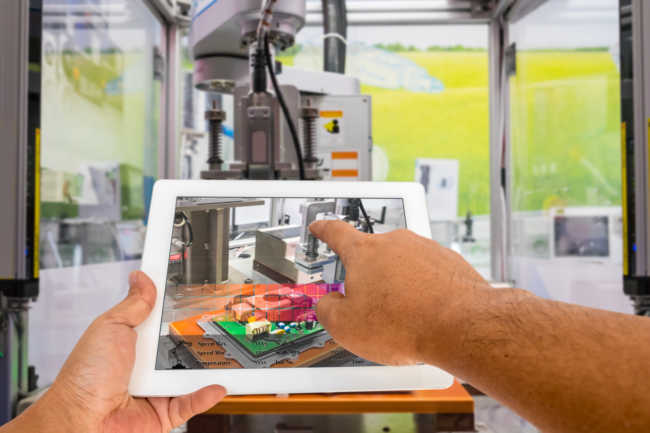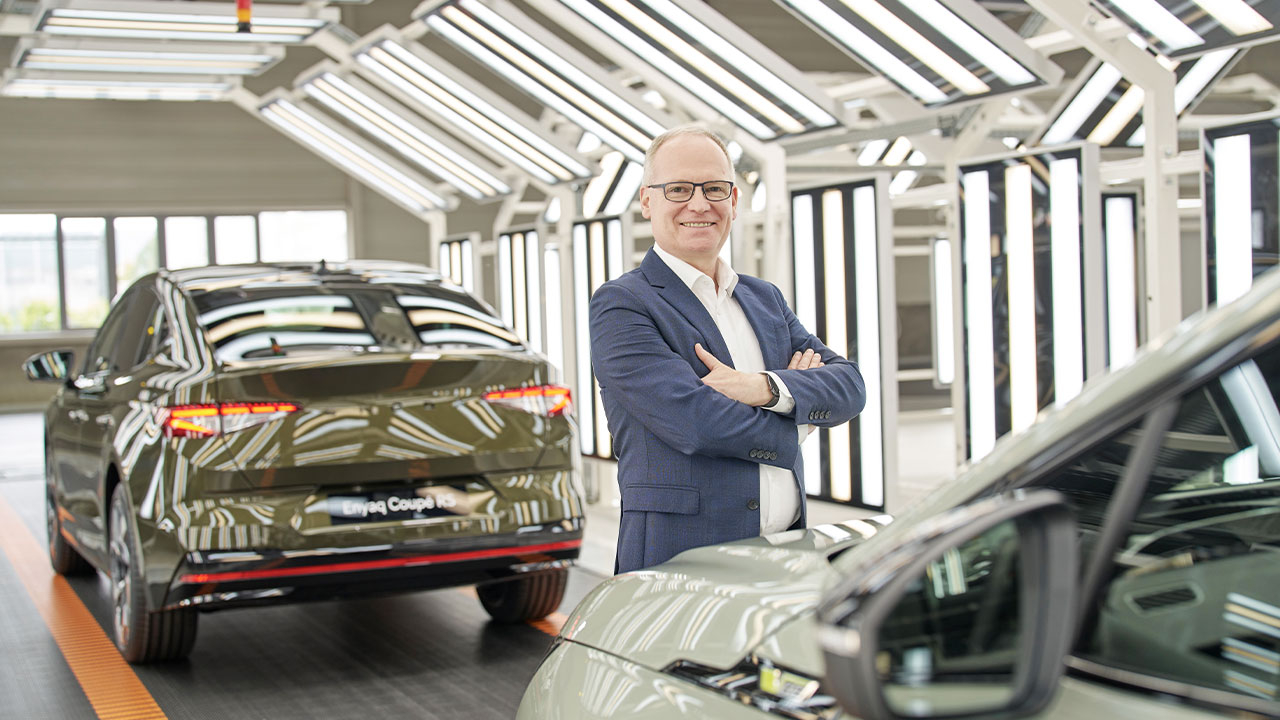Solid State Batteries – The Smartest Link for Industry 4.0
With Industry 4.0, the manufacturing world is embracing the very significant efficiencies and cost benefits to be gained through sensing, collecting and analysing data through many disparate sensors out in the field. The advantages are clear: adopting IoT brings about a more connected ecosystem with data gathered every second of the day or night by small autonomous devices, in real time. Analysis of this data then brings about continuous improvements to processes within the “Smart Factory”.
Connecting production stages, streamlining management processes, refining logistics, optimising safety, benefitting from predictive maintenance and bringing down operational costs can all contribute to huge overall performance increases.
But this can all be negated if sensors run flat. We need to think about how we provide power to these many sensors, consistently, reliably and safely.
For companies making huge investments in IoT, the cost impact alone of repeatedly accessing thousands of sensors to address power issues would wipe out efficiencies and compromise performance. Developing a Smart Factory is key in many manufacturing companies’ agendas, but what about ensuring that systems aren’t disrupted by needing to recharge or replace batteries? Add to this the complication of reaching hostile environments such as mines, offshore drilling stations or heavy vehicles out in the field and the problem is multiplied.
Imagine finding you don’t have the data you should have collected because the battery powered down. The moment just one sensor goes down, you’re immediately losing the advantages you’d set out to gain.
Industry 4.0 often needs to cope with hostile environments with extremely high or low temperatures, or high moisture levels. Locations can be unstable or difficult to access and the presence of dangerous components poses fire and safety risks.
Battery technology has traditionally included polymer or liquid electrolytes not able to cope with extreme temperatures or vibrations, which could cause potentially dangerous leakages. Batteries which are capable of operating at higher temperatures have generally been relatively large in size or not rechargeable.
As well as the cost and safety impact of accessing and either changing or recharging batteries, the impact of waste through disposing of batteries which have reached the end of their short lives creates additional environmental issues.
Smart factories need intelligent batteries. We need a different approach to battery design.
Solid state batteries provide power to multiple, disparate sensors. These batteries are:
- Ultra small size
- Able to run a very high number of cycles, enabling long battery life
- Resistant to hostile environments with extreme temperatures or humidity
- Leakage-free with no liquids or polymer electrolytes, improving safety
- Non-flammable components avoiding fire risk
- Capable of efficiently storing the intermittent and often low power energy that can be harvested from the environment
The batteries can be safely installed and left to do their job for up to ten years without needing any maintenance or replacement. The time and cost savings with this “Fit and Forget” model are clear, through removing the need to access components to replace or recharge batteries, especially where thousands of sensors are in play and particularly in the case of hard to reach locations.
Ultra small form factor, long-life solid state batteries are the key to factories becoming and staying truly smart.
 This article was written by Denis Pasero. He joined Ilika Technologies in 2008, as a scientist specializing in battery technology, to manage commercial lithium ion projects. He became part of the Ilika team to apply his strong academic knowledge to commercial applications and saw the potential to be part of the development and success story of an enterprising smaller company with exciting technology and novel product ideas.
This article was written by Denis Pasero. He joined Ilika Technologies in 2008, as a scientist specializing in battery technology, to manage commercial lithium ion projects. He became part of the Ilika team to apply his strong academic knowledge to commercial applications and saw the potential to be part of the development and success story of an enterprising smaller company with exciting technology and novel product ideas.



